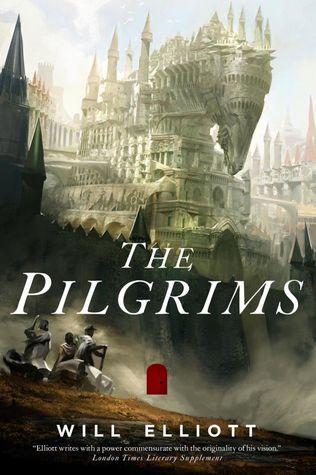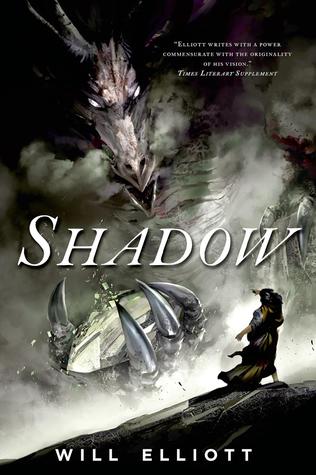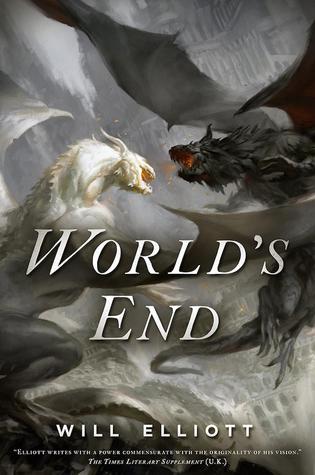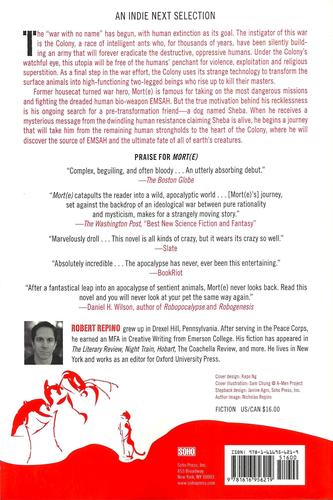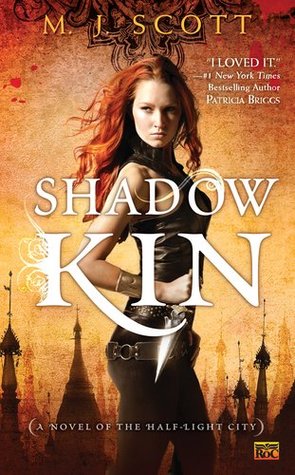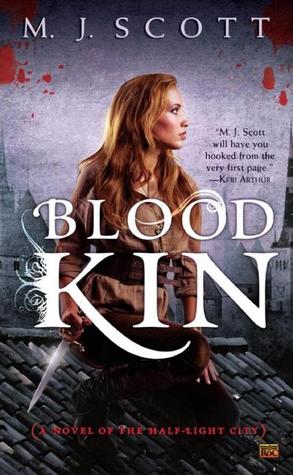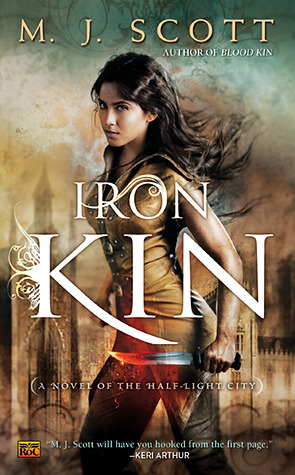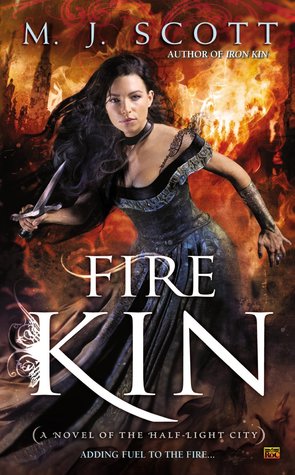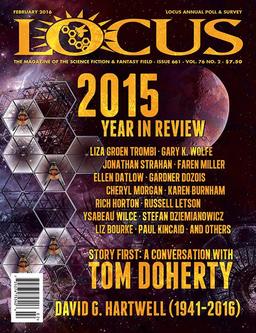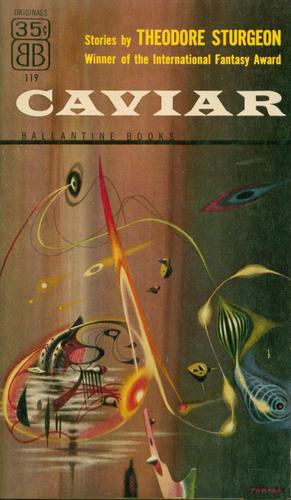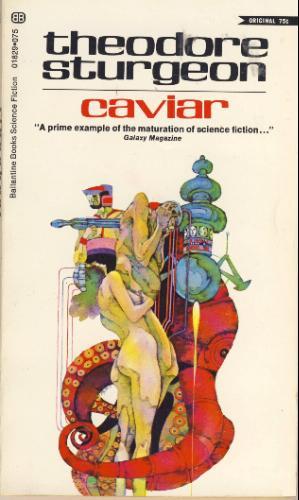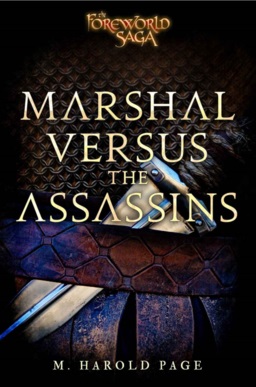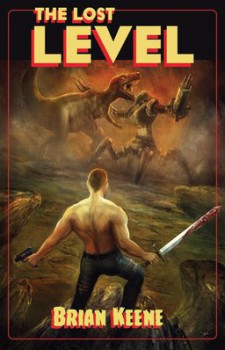Analog, November 1971 and October 1972: Two Retro-Reviews
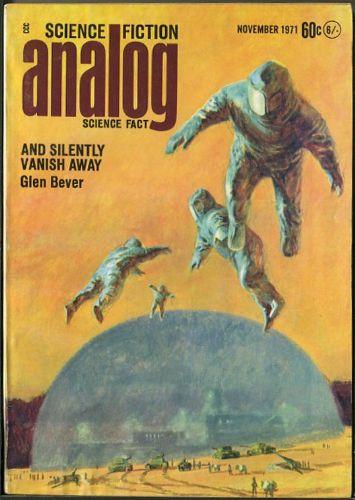 |
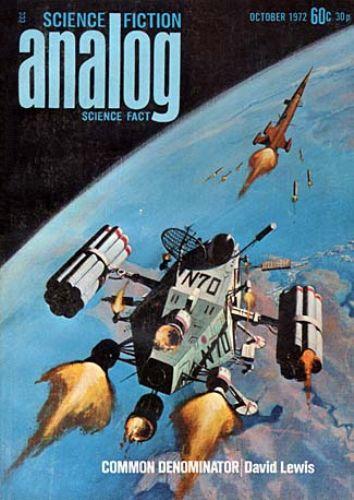 |
John W. Campbell died in July 1971. He had been editor of Astounding/Analog for 34 years. His name appeared on the masthead through December of that year, along with remaining editorials. Presumably Kay Tarrant did the work necessary to keep the magazine going, possibly, some suggest, even buying new stories, until the new editor was chosen. Ben Bova took over officially with the January 1972 issues. (Rumor has it that Charles Platt, of all people, was one of those considered for the job; a more obvious possibility was Frederik Pohl, who said he was asked to apply. [He had left Galaxy at about this time, and was as I recall editing books for Bantam.])
So I thought I’d consider an issue from the end of Campbell’s tenure, and one from the beginning of Bova’s: November 1971 and October 1972.
The November 1971 issue has a cover by John Schoenherr. Interiors are by Schoenherr, Kelly Freas, and Leo Summers. Campbell’s editorial, his second-last, was called “The Gored Ox,” in which he inveighs against the press’s desire to print anything they want (inspired by the Pentagon papers). The Science article is by Margaret Silbar, who contributed 16 pieces of non-fiction to Analog between 1967 and 1990. It’s called “In Quest of a Humanlike Robot.”
